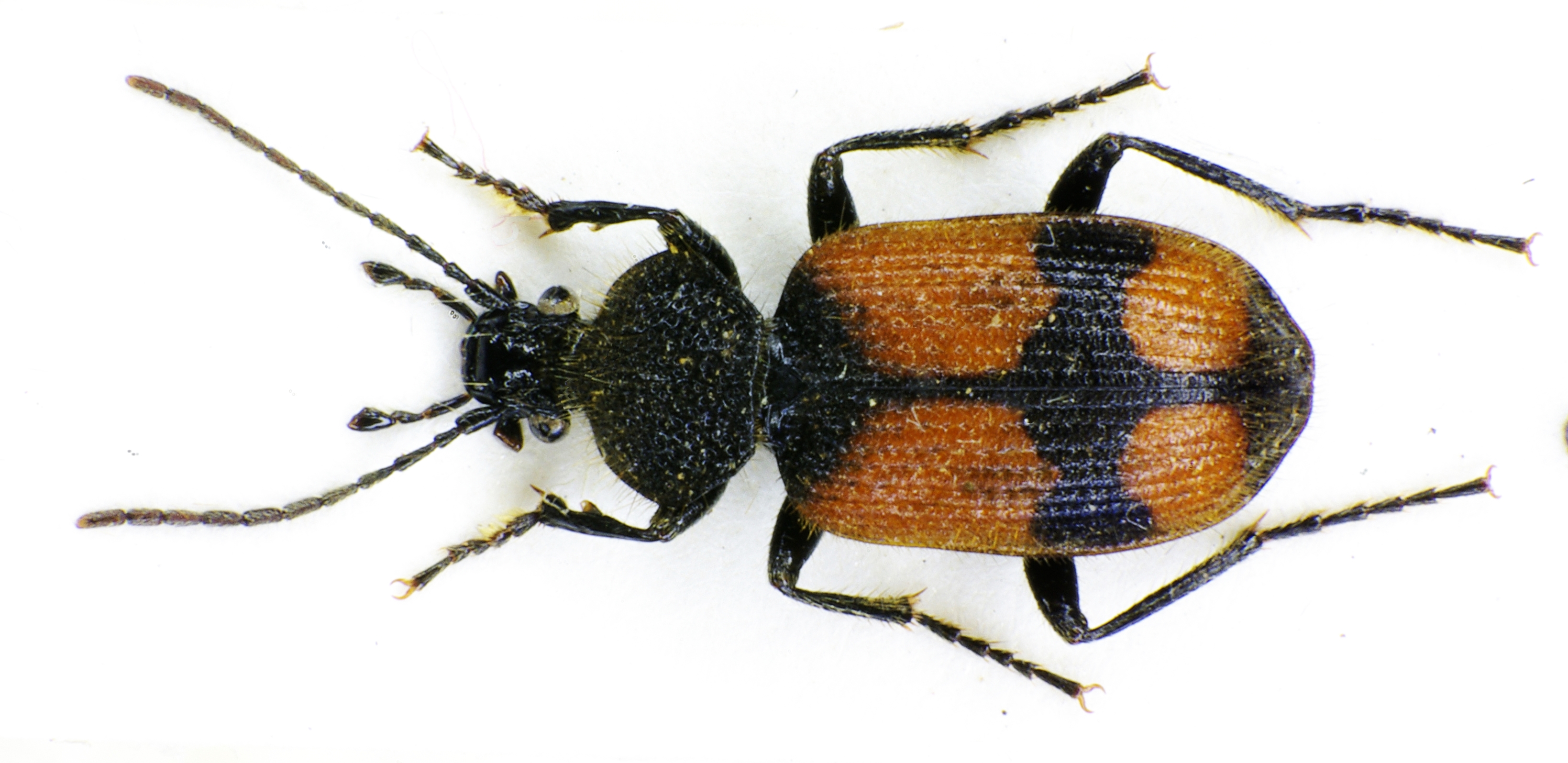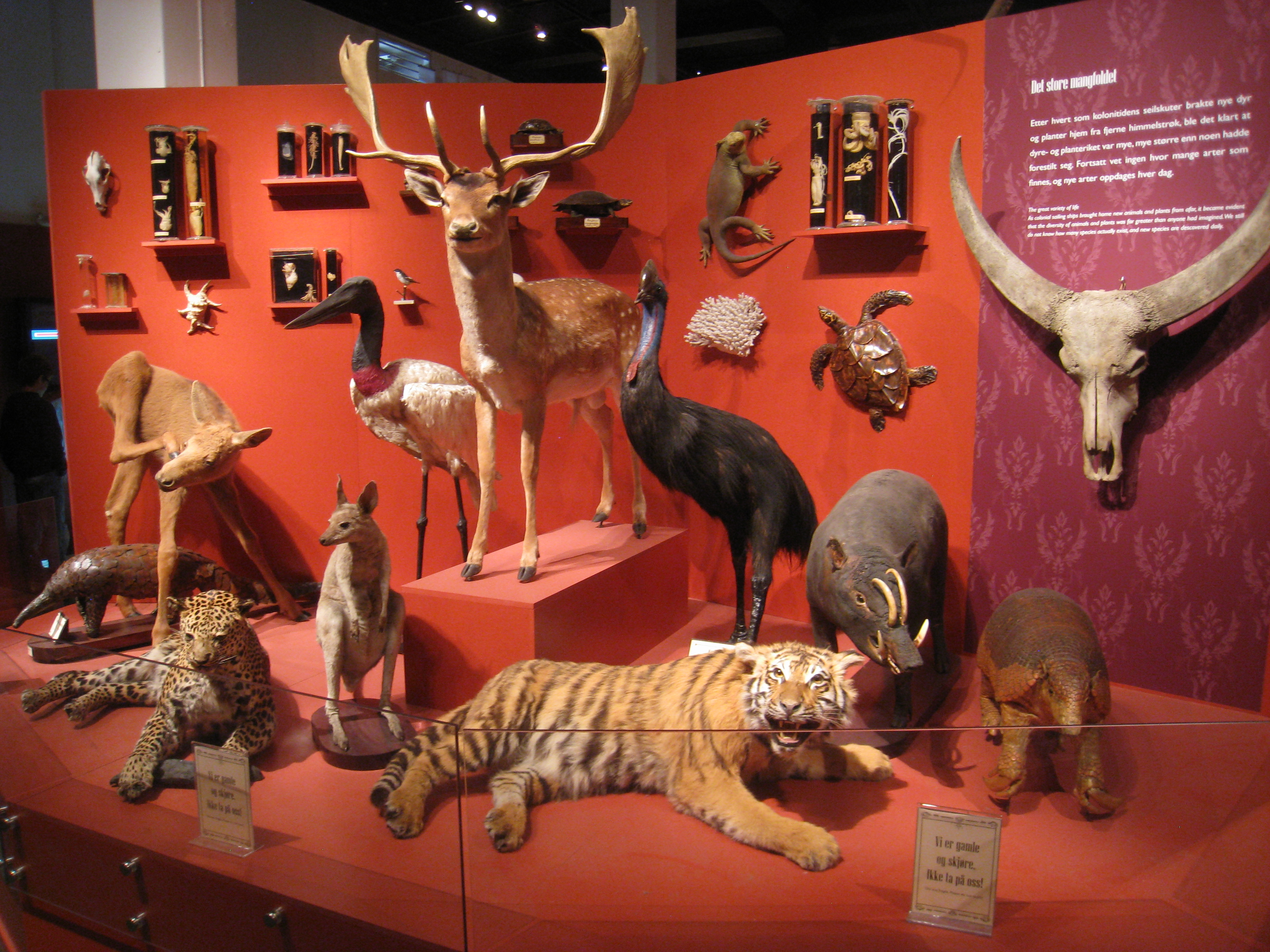|
Leistus Rezabkovae
''Leistus rezabkovae'' is a species of ground beetle found in the Gansu Province, China. It belongs to the subgenus ''Evanoleistus''. Description It is entirely black and has a rather slim, somewhat heart-shaped pronotum. It has conspicuously wide mandibles. It is very similar to the species '' L. farkaci''. Distribution and ecology It has only been found in the Lenglong Ling Mountains, confined to the Gansu Province. They've been found on rocky alpine pastures. It is associated with plants of ''Rhododendron'' and ''Azalea''. It may be found by searching under rocks or by sifting through litter and moss. Specimens were collected at altitudes between . Etymology The specific epithet In Taxonomy (biology), taxonomy, binomial nomenclature ("two-term naming system"), also called binary nomenclature, is a formal system of naming species of living things by giving each a name composed of two parts, both of which use Latin gramm ... is a tribute to Mrs. Klára Řežábková ... [...More Info...] [...Related Items...] OR: [Wikipedia] [Google] [Baidu] |
Ground Beetle
Ground beetles are a large, cosmopolitan distribution, cosmopolitan family (biology), family of beetles, the Carabidae, with more than 40,000 species worldwide, around 2,000 of which are found in North America and 2,700 in Europe. As of 2015, it is one of the 10 most species-rich animal families. They belong to the Adephaga. Members of the family are primarily Carnivore, carnivorous, but some members are Herbivore, herbivorous or Omnivore, omnivorous. Description and ecology Although their body shapes and coloring vary somewhat, most are shiny black or metallic and have ridged wing covers (elytra). The elytra are fused in some species, particularly the large Carabinae, rendering the beetles unable to fly. The species ''Mormolyce phyllodes'' is known as violin beetle due to their peculiarly shaped elytra. All carabids except the quite primitive flanged bombardier beetles (Paussinae) have a groove on their arthropod leg, fore leg tibiae bearing a comb of hairs used for cleaning the ... [...More Info...] [...Related Items...] OR: [Wikipedia] [Google] [Baidu] |
Gansu
Gansu is a provinces of China, province in Northwestern China. Its capital and largest city is Lanzhou, in the southeastern part of the province. The seventh-largest administrative district by area at , Gansu lies between the Tibetan Plateau, Tibetan and Loess Plateau, Loess plateaus and borders Mongolia's Govi-Altai Province, Inner Mongolia and Ningxia to the north, Xinjiang and Qinghai to the west, Sichuan to the south and Shaanxi to the east. The Yellow River passes through the southern part of the province. Part of Gansu's territory is located in the Gobi Desert. The Qilian Mountains, Qilian mountains are located in the south of the Province. Gansu has a population of 26 million, ranking List of Chinese administrative divisions by population, 22nd in China. Its population is mostly Han Chinese, Han, along with Hui people, Hui, Dongxiangs, Dongxiang and Tibetan people, Tibetan minorities. The most common language is Mandarin. Gansu is among the poorest administrative divi ... [...More Info...] [...Related Items...] OR: [Wikipedia] [Google] [Baidu] |
China
China, officially the People's Republic of China (PRC), is a country in East Asia. With population of China, a population exceeding 1.4 billion, it is the list of countries by population (United Nations), second-most populous country after India, representing 17.4% of the world population. China spans the equivalent of five time zones and Borders of China, borders fourteen countries by land across an area of nearly , making it the list of countries and dependencies by area, third-largest country by land area. The country is divided into 33 Province-level divisions of China, province-level divisions: 22 provinces of China, provinces, 5 autonomous regions of China, autonomous regions, 4 direct-administered municipalities of China, municipalities, and 2 semi-autonomous special administrative regions. Beijing is the country's capital, while Shanghai is List of cities in China by population, its most populous city by urban area and largest financial center. Considered one of six ... [...More Info...] [...Related Items...] OR: [Wikipedia] [Google] [Baidu] |
Revue Suisse De Zoologie
The ''Revue suisse de Zoologie'' (English: ''Swiss Journal of Zoology'') is a biannual peer-reviewed scientific journal for zoological systematics. It is published by the Natural History Museum of Geneva (Switzerland). It is financed by the Swiss Academy of Natural Sciences (SCNAT) and the City of Geneva, and mainly publishes the research results of Swiss researchers or work based on the collections of Swiss institutions. Abstracting and indexing The journal is abstracted and indexed in: *BIOSIS Previews *CAB Abstracts *Science Citation Index Expanded *Scopus Scopus is a scientific abstract and citation database, launched by the academic publisher Elsevier as a competitor to older Web of Science in 2004. The ensuing competition between the two databases has been characterized as "intense" and is c ... References External links * * * Zoology journals Biannual journals English-language journals Academic journals established in 1893 Academic journals associated with ... [...More Info...] [...Related Items...] OR: [Wikipedia] [Google] [Baidu] |
Leistus Farkaci
''Leistus'' is a genus of ground beetles in the family Carabidae. There are more than 250 described species in ''Leistus'', found in the Holarctic. Species These 255 species belong to ''Leistus'': * '' Leistus acutangulus'' Perrault, 1979 * '' Leistus alaiensis'' Kabak, 1995 * '' Leistus andrewesi'' Perrault, 1985 * '' Leistus angulatus'' Piochard de la Brûlerie, 1872 * '' Leistus angulicollis'' Fairmaire, 1886 * '' Leistus angusticollis'' Dejean, 1826 * '' Leistus angustus'' Reitter, 1883 * '' Leistus apfelbecki'' Ganglbauer, 1891 * '' Leistus austriacus'' Schauberger, 1925 * '' Leistus baenningeri'' Roubal, 1926 * '' Leistus baima'' Farkac, 1999 * '' Leistus barkamensis'' Farkac, 1995 * '' Leistus barnevillei'' Chaudoir, 1867 * ''Leistus baudinoti'' Deuve, 1985 * '' Leistus becheti'' Allegro, 2007 * '' Leistus becvari'' Farkac, 1999 * '' Leistus birmanicus'' Perrault, 1985 * ''Leistus bjelasnicensis'' Apfelbeck, 1904 * ''Leistus bohdan'' Farkac, 1999 * ''Leistus bohemorum'' Sc ... [...More Info...] [...Related Items...] OR: [Wikipedia] [Google] [Baidu] |
Rhododendron
''Rhododendron'' (; : ''rhododendra'') is a very large genus of about 1,024 species of woody plants in the Ericaceae, heath family (Ericaceae). They can be either evergreen or deciduous. Most species are native to eastern Asia and the Himalayan region, but smaller numbers occur elsewhere in Asia, and in North America, Europe and Australia. It is the national flower of Nepal, the List of U.S. state and territory flowers, state flower of Washington (state), Washington and West Virginia in the United States, the state flower of Nagaland and Himachal Pradesh in India, the provincial flower of Jeju Province in South Korea, the provincial flower of Jiangxi in China and the List of Indian state trees, state tree of Sikkim and Uttarakhand in India. Most species have brightly coloured flowers which bloom from late winter through to early summer. Azaleas make up two subgenera of ''Rhododendron''. They are distinguished from "true" rhododendrons by having only five anthers per flower. E ... [...More Info...] [...Related Items...] OR: [Wikipedia] [Google] [Baidu] |
Azalea
Azaleas ( ) are flowering shrubs in the genus ''Rhododendron'', particularly the former sections ''Rhododendron sect. Tsutsusi, Tsutsusi'' (evergreen) and ''Pentanthera'' (deciduous). Azaleas bloom in the spring (April and May in the temperate Northern Hemisphere, and October and November in the Southern Hemisphere), their flowers often lasting several weeks. Shade tolerant, they prefer living near or under trees. They are part of the family Ericaceae. Cultivation Plant enthusiasts have selectively bred azaleas for hundreds of years. This human selection has produced thousands of different cultivars which are propagated by cuttings. Azalea seeds can also be collected and germination, germinated. Azaleas are generally slow-growing and do best in well-drained acidic soil (4.5–6.0 pH). Fertilizer needs are low. Some species need regular pruning. Azaleas are native to several continents including Asia, Europe and North America. They are planted abundantly as ornamentals in the s ... [...More Info...] [...Related Items...] OR: [Wikipedia] [Google] [Baidu] |
Zoological Specimen
A zoological specimen is an animal or part of an animal preserved for scientific use. Various uses are: to verify the identity of a (species), to allow study, increase public knowledge of zoology. Zoological specimens are extremely diverse. Examples are bird and mammal study skins, mounted specimens, skeletal material, casts, pinned insects, dried material, animals preserved in liquid preservatives, and microscope slides. Natural history museums are repositories of zoological specimens Study skins Bird and mammal specimens are conserved as dry study skins, a form of taxidermy. The skin is removed from the animal's carcass, treated with absorbents, and filled with cotton or polyester batting (In the past plant fibres or sawdust were used). Bird specimens have a long, thin, wooden dowel wrapped in batting at their center. The dowel is often intentionally longer than the bird's body and exits at the animal's vent. This exposed dowel provides a place to handle the bird without distu ... [...More Info...] [...Related Items...] OR: [Wikipedia] [Google] [Baidu] |
Specific Name (zoology)
In zoological nomenclature, the specific name (also specific epithet, species epithet, or epitheton) is the second part (the second name) within the scientific name of a species (a binomen). The first part of the name of a species is the name of the genus or the generic name. The rules and regulations governing the giving of a new species name are explained in the article species description. For example, the scientific name for humans is ''Homo sapiens'', which is the species name, consisting of two names: ''Homo'' is the " generic name" (the name of the genus) and ''sapiens'' is the "specific name". Etymology Historically, ''specific name'' referred to the combination of what are now called the generic and specific names. Carl Linnaeus, who formalized binomial nomenclature, made explicit distinctions between specific, generic, and trivial names. The generic name was that of the genus, the first in the binomial, the trivial name was the second name in the binomial, and the ... [...More Info...] [...Related Items...] OR: [Wikipedia] [Google] [Baidu] |
Leistus
''Leistus'' is a genus of ground beetles in the family Carabidae. There are more than 250 described species in ''Leistus'', found in the Holarctic. Species These 255 species belong to ''Leistus'': * '' Leistus acutangulus'' Perrault, 1979 * '' Leistus alaiensis'' Kabak, 1995 * '' Leistus andrewesi'' Perrault, 1985 * '' Leistus angulatus'' Piochard de la Brûlerie, 1872 * '' Leistus angulicollis'' Fairmaire, 1886 * '' Leistus angusticollis'' Dejean, 1826 * '' Leistus angustus'' Reitter, 1883 * '' Leistus apfelbecki'' Ganglbauer, 1891 * '' Leistus austriacus'' Schauberger, 1925 * '' Leistus baenningeri'' Roubal, 1926 * '' Leistus baima'' Farkac, 1999 * '' Leistus barkamensis'' Farkac, 1995 * '' Leistus barnevillei'' Chaudoir, 1867 * ''Leistus baudinoti'' Deuve, 1985 * '' Leistus becheti'' Allegro, 2007 * '' Leistus becvari'' Farkac, 1999 * '' Leistus birmanicus'' Perrault, 1985 * ''Leistus bjelasnicensis'' Apfelbeck, 1904 * ''Leistus bohdan'' Farkac, 1999 * ''Leistus bohemorum'' Sc ... [...More Info...] [...Related Items...] OR: [Wikipedia] [Google] [Baidu] |
Beetles Described In 2015
Beetles are insects that form the Taxonomic rank, order Coleoptera (), in the superorder Holometabola. Their front pair of wings are hardened into wing-cases, elytra, distinguishing them from most other insects. The Coleoptera, with about 400,000 described species, is the largest of all orders, constituting almost 40% of described arthropods and 25% of all known animal species; new species are discovered frequently, with estimates suggesting that there are between 0.9 and 2.1 million total species. However, the number of beetle species is challenged by the number of species in Fly, dipterans (flies) and hymenopterans (wasps). Found in almost every habitat except the sea and the polar regions, they interact with their ecosystems in several ways: beetles often feed on plants and fungi, break down animal and plant debris, and eat other invertebrates. Some species are serious agricultural pests, such as the Colorado potato beetle, while others such as Coccinellidae (ladybirds or ... [...More Info...] [...Related Items...] OR: [Wikipedia] [Google] [Baidu] |






